Urban life used to be the dream, but now more and more people are trading city skylines for country roads or even moving abroad. The trend of urban-to-rural migration is reshaping the landscape of America and beyond. Why are people fleeing cities, and where are they headed?
Skyrocketing Cost of Living

Cities are expensive. The high cost of housing, groceries, and everyday expenses is driving people out. In places like San Francisco and New York, rent can eat up more than half of your income. According to Zillow, the median rent in San Francisco is around $3,500 per month. This financial strain is pushing people to seek more affordable living conditions elsewhere.
Quality of Life

Many city dwellers are seeking a better quality of life. The daily grind, constant noise, and pollution take a toll. Rural areas offer cleaner air, quieter surroundings, and a slower pace of life. A study by the American Psychological Association found that people living in rural areas report lower stress levels compared to those in urban environments.
Remote Work Revolution

The pandemic has revolutionized the way we work. With remote work becoming the norm, people are no longer tied to their office locations. A report by Upwork revealed that 22% of the American workforce will be remote by 2025. This flexibility allows people to move to more desirable locations without sacrificing their careers.
Space and Privacy
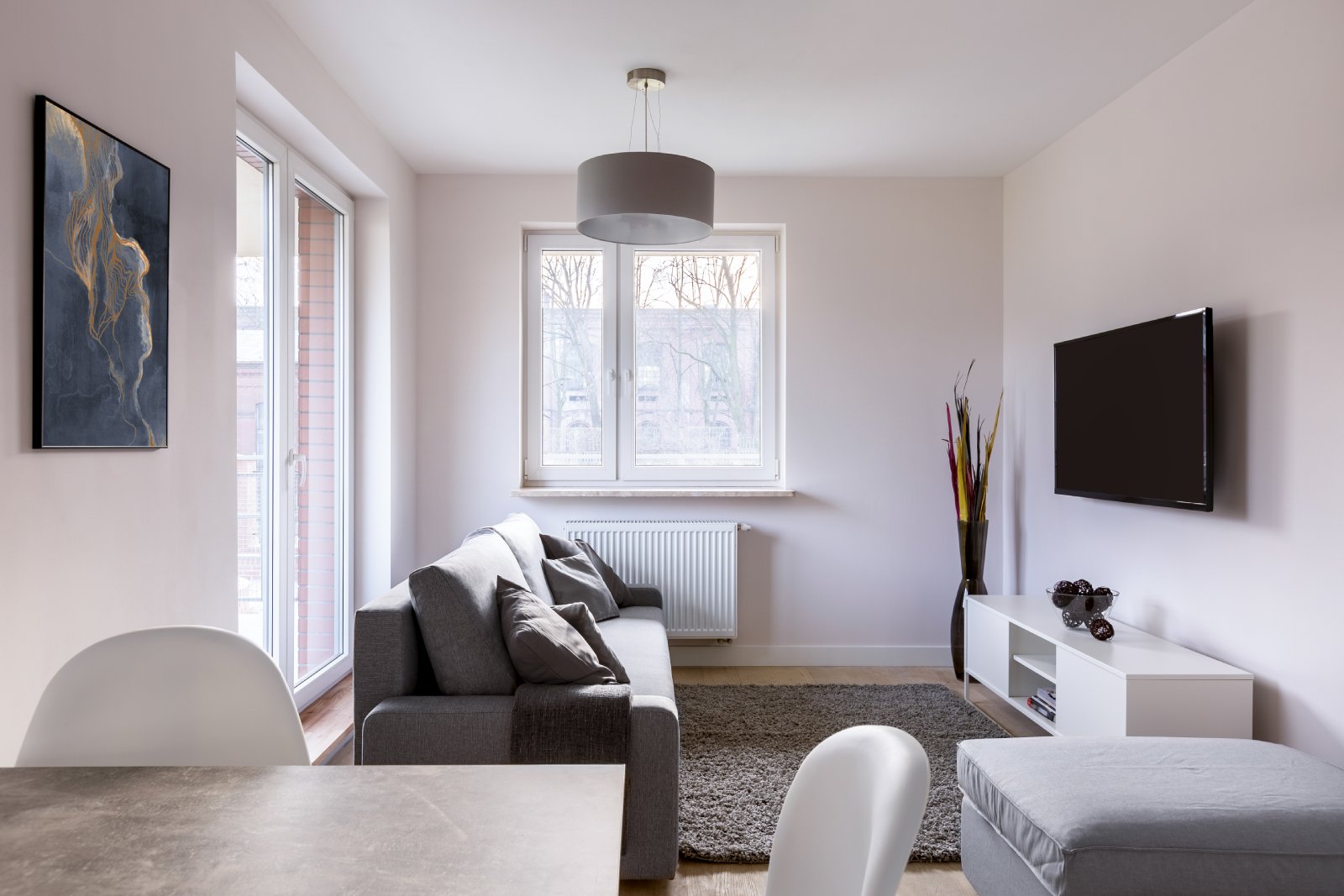
Living in the city often means cramped apartments and little privacy. The desire for more space is a significant factor driving people to rural areas. According to a survey by the National Association of Realtors, 57% of homebuyers in 2021 were seeking larger homes with more outdoor space.
Rising Crime Rates

Increasing crime rates in some cities are pushing residents to seek safer environments. Cities like Chicago and Los Angeles have seen significant spikes in crime, causing concern among their residents. The FBI reported a 30% increase in homicides in 2020, the largest single-year increase ever recorded.
Health and Safety

The COVID-19 pandemic highlighted the health risks of living in densely populated areas. Rural areas, with their lower population densities, offer a safer environment with a reduced risk of infection. According to the CDC, rural counties had lower COVID-19 case rates compared to urban counties during the height of the pandemic.
Environmental Concerns

Many people are moving to areas with better environmental quality. Urban pollution and lack of green spaces are driving factors. The EPA notes that rural areas generally have better air and water quality than urban centers.
Affordable Housing
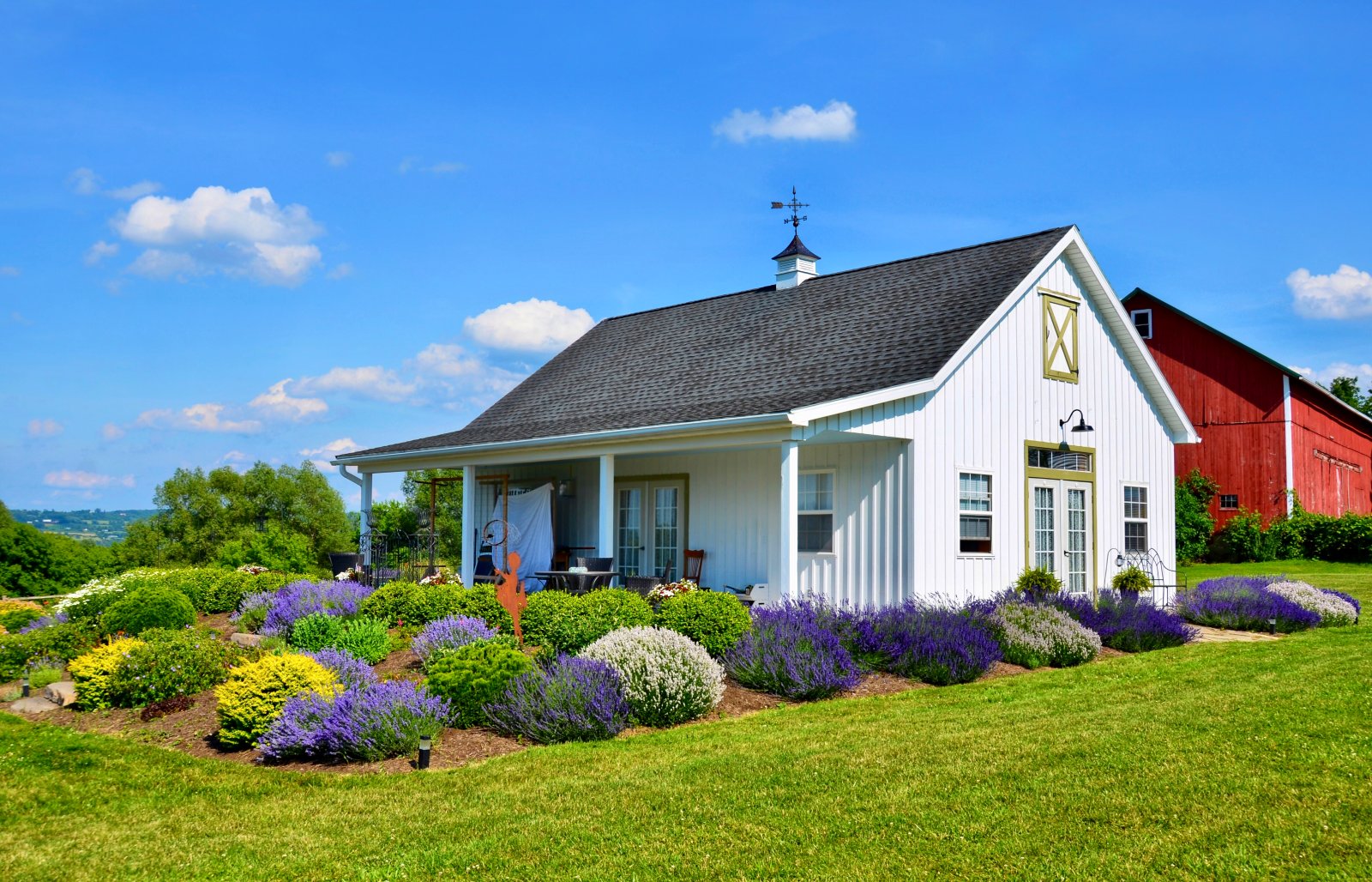
Housing affordability is a primary motivator for migration. Median home prices in rural areas are significantly lower than in urban areas. The National Association of Home Builders reports that the median home price in rural areas is around $200,000, compared to $400,000 in urban settings.
Desire for Community

Rural areas often boast stronger community ties. People are moving to places where they can form close-knit relationships and feel a sense of belonging. A study by the Pew Research Center found that 79% of rural residents know all or most of their neighbors, compared to 52% of urban residents.
Better Education Opportunities

Some families are moving to rural areas seeking better education opportunities for their children. Smaller class sizes and more personalized attention in schools are appealing. The National Center for Education Statistics found that rural schools often outperform their urban counterparts in standardized testing.
Lower Taxes

Rural areas often come with the benefit of lower taxes. State and local taxes can be significantly less in rural areas, providing financial relief for residents. According to the Tax Foundation, rural states like Wyoming and South Dakota have some of the lowest tax burdens in the country.
Escaping Political Climate

The current political climate is causing some people to seek a change of scenery. Rural areas, which often have different political dynamics than urban centers, can offer a refuge for those looking to escape the intensity of city politics.
Work-Life Balance

The pursuit of a better work-life balance is driving many to leave the cities. Rural areas provide opportunities for outdoor activities and hobbies that are often inaccessible in urban environments. A Gallup poll found that people living in rural areas report higher levels of life satisfaction compared to their urban counterparts.
Improved Technology

Advancements in technology and internet connectivity are making rural living more feasible. High-speed internet is becoming more widespread, allowing people to stay connected and work remotely. The FCC reports that rural broadband access has increased by 25% over the past five years.
Seeking Simplicity

The desire for a simpler, more straightforward life is appealing to many. Rural areas offer a slower pace of life, away from the hustle and bustle of the city. This simplicity can lead to increased happiness and reduced stress.
Popular Destinations
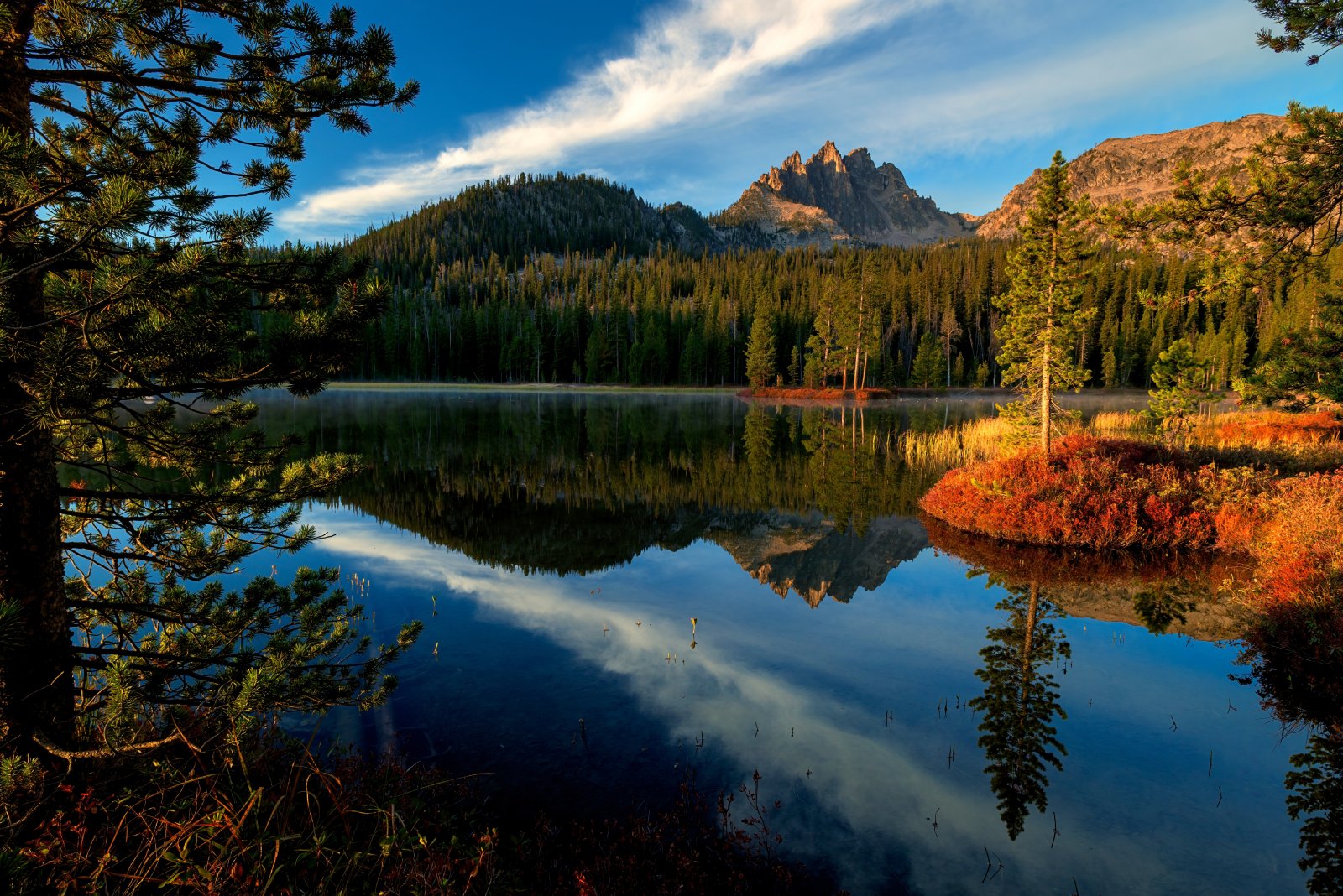
People are moving to a variety of rural destinations. States like Idaho, Vermont, and Montana are seeing significant population increases. According to the U.S. Census Bureau, Idaho was the fastest-growing state in 2020, with a population increase of 2.1%.
Economic Opportunities

Rural areas are offering new economic opportunities. Industries such as agriculture, renewable energy, and tourism are booming in rural regions. The USDA reports that rural employment has grown steadily over the past decade, providing more job opportunities outside of urban centers.
Affordable Healthcare

Access to affordable healthcare is a significant factor for many. Rural areas often have lower healthcare costs and less crowded facilities. A report by the Rural Health Information Hub found that rural hospitals generally have lower patient costs compared to urban hospitals.
Embracing a Nomadic Lifestyle

Some people are taking the opportunity to move abroad or adopt a nomadic lifestyle. Digital nomads are finding that countries like Portugal, Mexico, and Thailand offer a lower cost of living and a high quality of life. The Global Digital Nomad Survey reported that 70% of digital nomads are happier with their lifestyle compared to their previous traditional living situations.
“From City to Country”

Consider the story of Rachel and Jack, a couple from New York City who documented their move to Vermont on their blog “From City to Country.” Rachel writes, “We were tired of the high costs and constant stress. Now we have a backyard for our kids to play in and a community that feels like home.” Their story highlights the growing trend of urban-to-rural migration and the benefits that come with it.
Impact on Communities
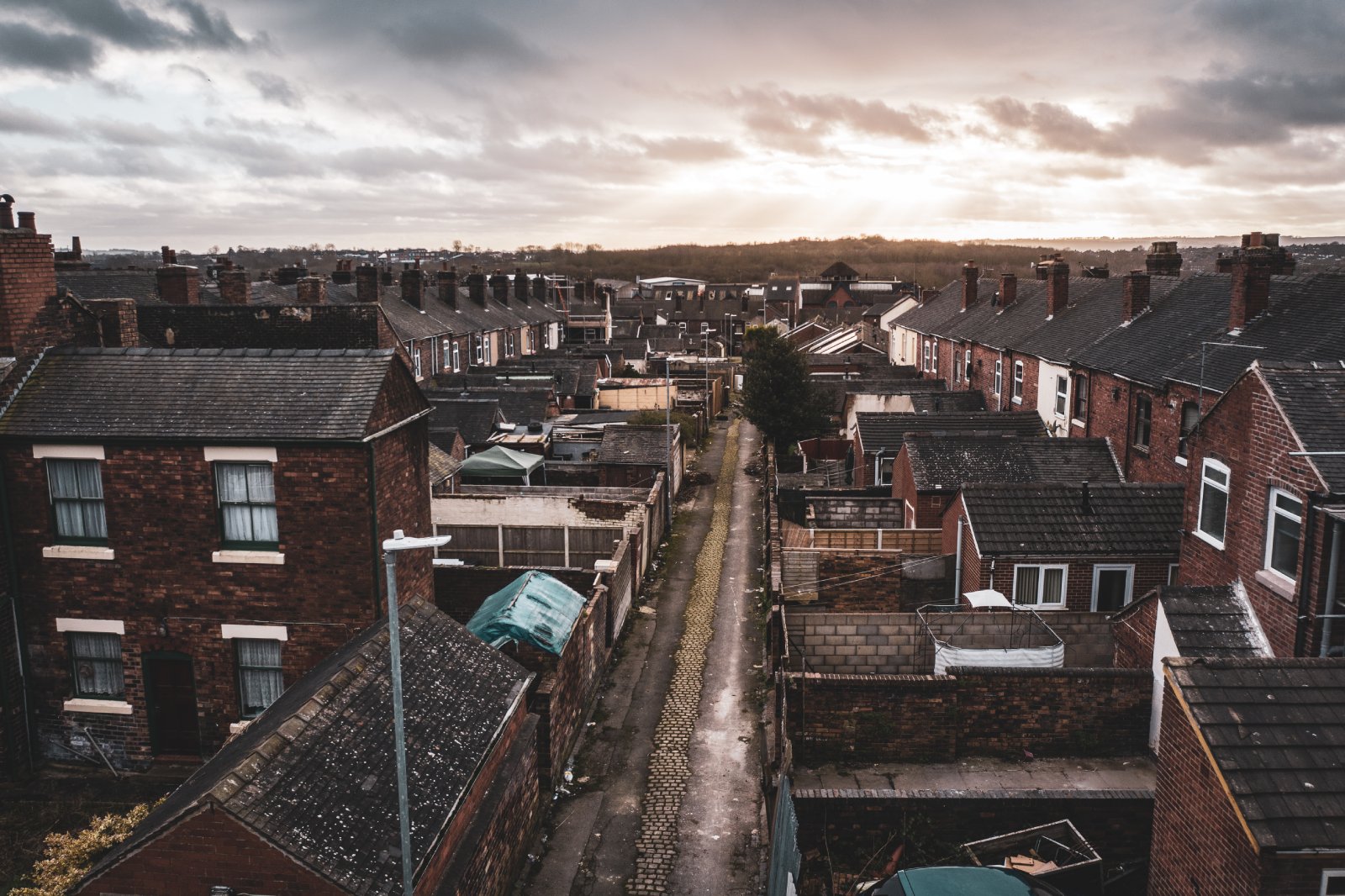
The migration is impacting both the cities left behind and the new destinations. Cities are facing declining populations and tax bases, while rural areas are experiencing growth and revitalization. This shift could lead to a more balanced distribution of resources and opportunities across the country.
The Future of Urban-to-Rural Migration

Will this trend continue? With the ongoing changes in work culture and the increasing appeal of rural living, it seems likely. The great migration is reshaping the American landscape, and we may be witnessing the beginning of a new era in how and where we live.
Budget Boss: 12 Tips for Managing Your Money Wisely

Embarking on a journey to master budgeting requires evidence-based strategies supported by research to manage your finances effectively and achieve your financial goals. Here are 12 research-backed tips, along with actionable steps to implement them, for mastering budgeting and maximizing your financial well-being. Budget Boss: 12 Tips for Managing Your Money Wisely
Ranking the Top and Bottom 24 U.S. Universities
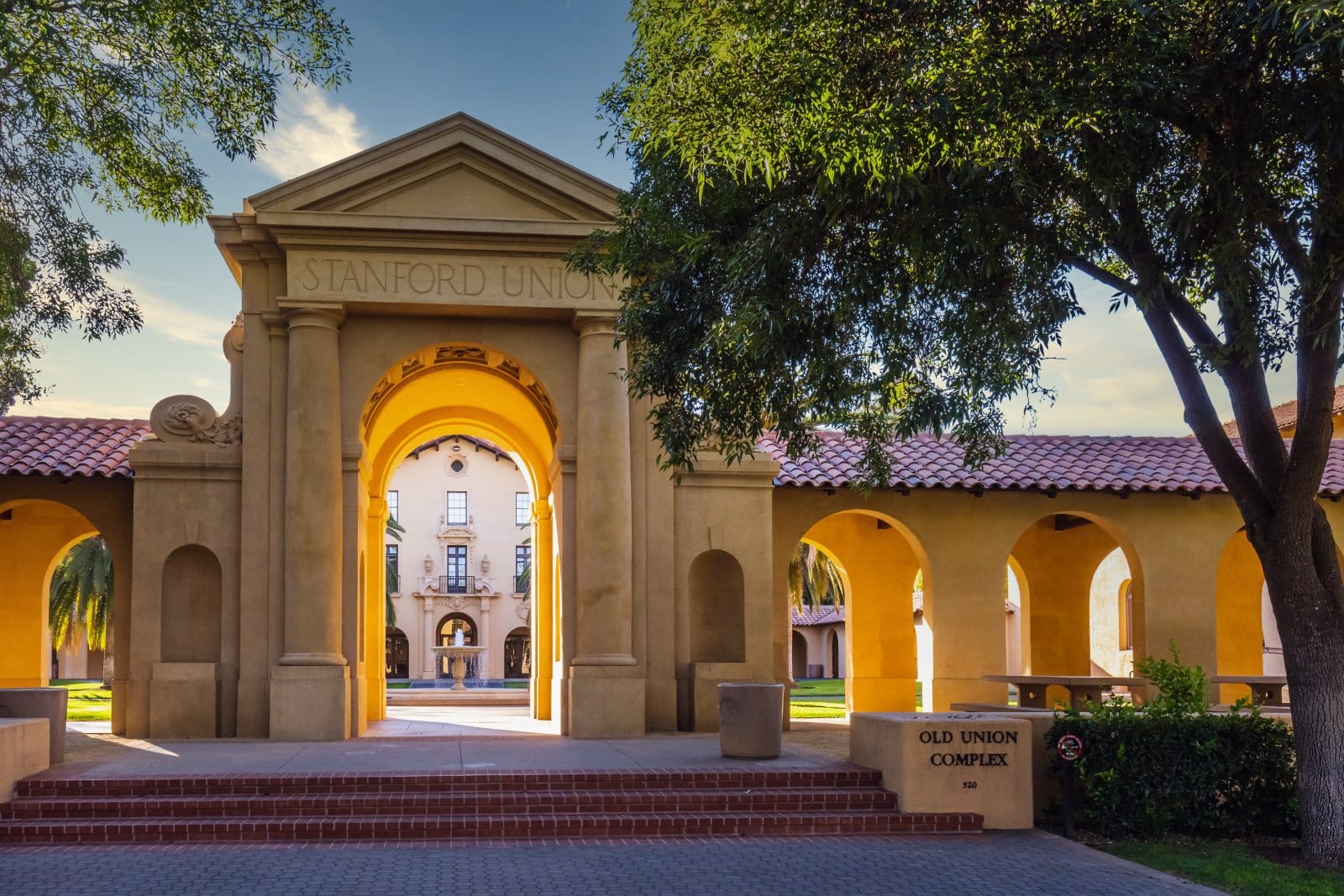
Wondering which universities are the cream of the crop and which ones fall short of the mark? Today, we’re ranking the 24 best and worst universities in the United States to give you the inside scoop on higher education excellence and disappointment. Are you ready to uncover the highs and lows of academia? Ranking the Top and Bottom 24 U.S. Universities
18 Trending Jobs That Let You Travel While Working

Dreaming of turning your wanderlust into a way of life? Believe it or not, there are careers that not only allow but encourage you to explore the globe, dive into new cultures, and collect experiences instead of things. Here are 18 unconventional jobs that offer just that, with a bit more insight into each. 18 Trending Jobs That Let You Travel While Working
Featured Image Credit: Shutterstock / RossHelen.
The content of this article is for informational purposes only and does not constitute or replace professional financial advice.
For transparency, this content was partly developed with AI assistance and carefully curated by an experienced editor to be informative and ensure accuracy.


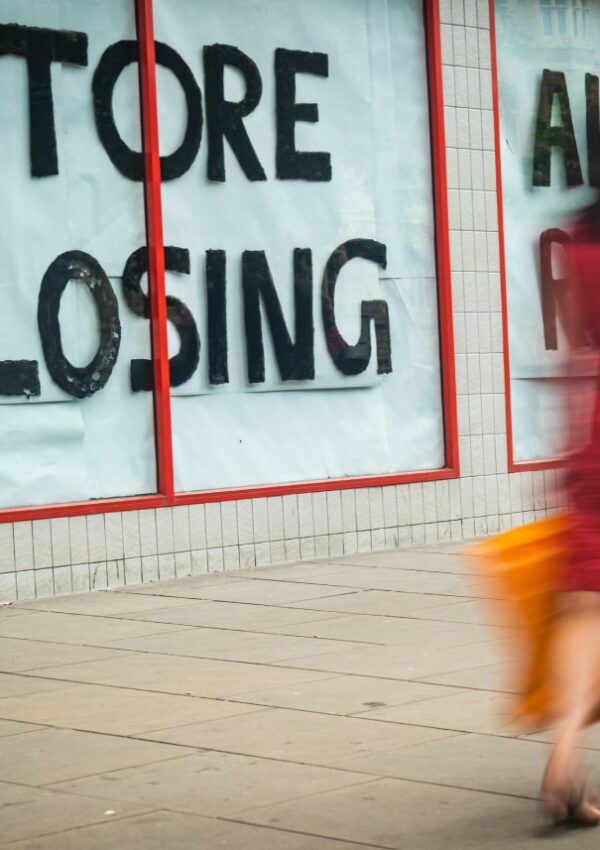


Leave a Reply